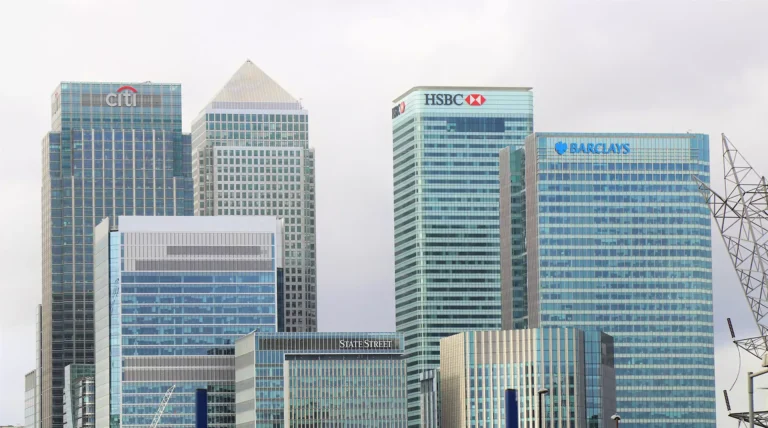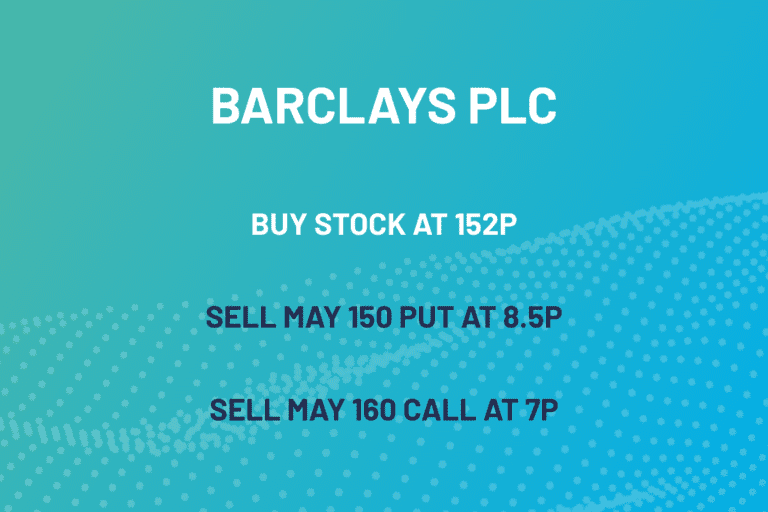"Barclays Hit By £450m Loss Bond Blunder"

Reuters: “Barclays Hit By £450m Loss Bond Blunder”
Shares in Barclays have fallen as much as 6% as they grapple with a fresh compliance and risk slip-up, after it disclosed an estimated 450 million pound ($589 million) loss on Monday due to overselling structured products in the United States. Many began the year bullish on the banking sector with central banks finally starting to raise interest rates. Barclays is now 30% below its high of the year and with the added option volatility due to today’s fall then buying shares and selling a strangle would potentially look to be a solid idea.
Investors looking to buy stock that aren’t expecting an immediate upward move in the price can bring in extra income by selling a strangle against their stock holding. The benefit of this strategy is you profit from a stagnant share price. A short strangle is a strategy where you normally write (sell) calls above the share price and write (sell) puts below the share price both with the same expiration.
By holding the stock you mitigate the risk on the short call as you have the stock to sell should you be assigned. Investors should have the cash available to buy the additional shares from the written put if the put option is assigned.

Let’s break down the trade;
Buy Barclays shares at 152p and write a strangle for a combined premium of 15.5p (8.5 + 7) equating to 10.1% of the current share price.
Scenario 1: The stock rallies and its trading above 160p
In this scenario the short 160 call would be assigned meaning you would sell your shares at 160p. Having taken in 15.5p of option premium you would be essentially selling shares at 175.5p, a 15.4% premium to the original purchase price of the shares.
Scenario 2: The stock falls and is trading below 150p
In this scenario you would buy the additional shares at 150p through the assignment of the 150p put options. With the 15.5p option premium the net buying price would be 134.5p, essentially buying the shares at an 11.5% discount to the original share price.
Scenario 3: The shares are trading between 150p/160p
Both options will expire worthless and the 15.5p premium will be retained giving rise to a profit of 10.1%.
The strangle can be rewritten every month until the shares rise above 160p or fall below 150p on the relevant expiry day.
Check out our other articles
Take a look at our other articles where we discuss the importance of Options Trading.
Open an AccountTwitter Trade Idea: Elon Musk Becomes Twitter's Biggest Shareholder
After the announcement that Elon Musk is purchasing a 9.2% stake in the social platform, pre-market activity saw
A Complete Guide to Mastering the Short Strangle
This can be classed as a neutral strategy and profits when the underlying price stays between the two strike prices
